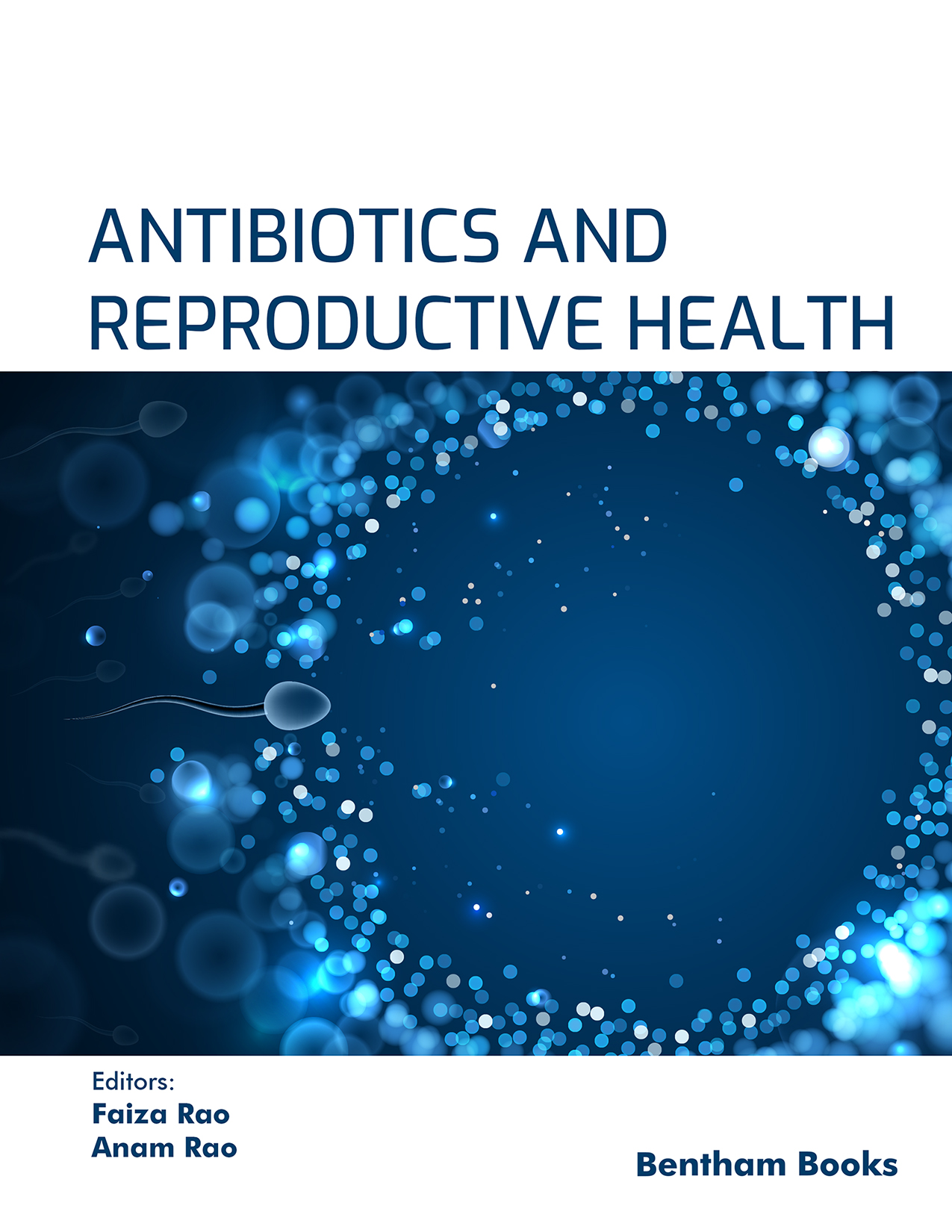Introduction
Antibiotics and Reproductive Health explores the intricate interplay between antibiotics and the female reproductive system. This comprehensive volume offers an evidence-based analysis of how antibiotics impact fertility, pregnancy, and breastfeeding, with a special focus on antibiotic resistance and emerging treatment alternatives. Bridging medicine, pharmacology, and reproductive health, the book is structured into nine chapters covering topics from the mechanism of antibiotics in reproductive health to alternative therapies like probiotics and herbal medicine. It provides clinical guidelines and discusses risks such as antibiotic resistance and microbiome disruption.
Key Features:
- - Detailed exploration of antibiotic mechanisms in reproductive health.
- - Discussion on risks including antibiotic resistance and hormonal effects.
- - Examination of alternative therapies like probiotics and herbal medicine.
- - Clinical guidelines for antibiotic use in reproductive health.
Readership
Ideal for researchers, healthcare professionals, and policymakers, this work is essential reading for anyone involved in medicine, pharmacology, reproductive biology, or public health.

